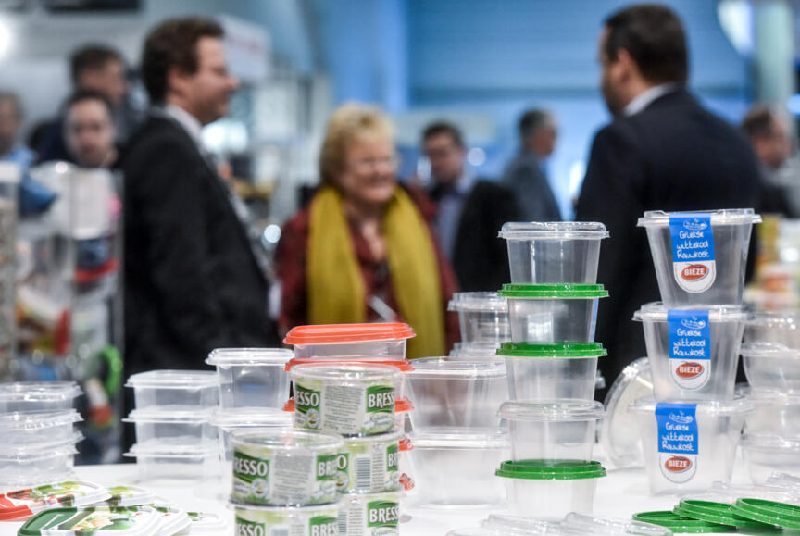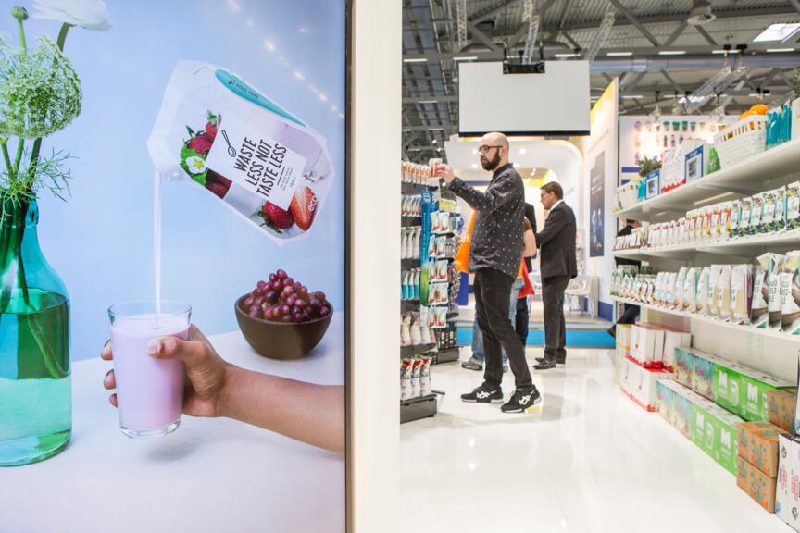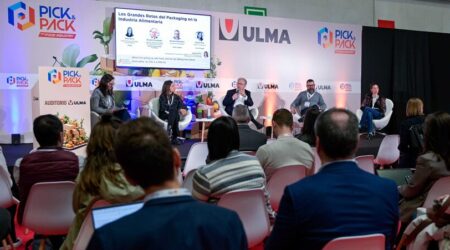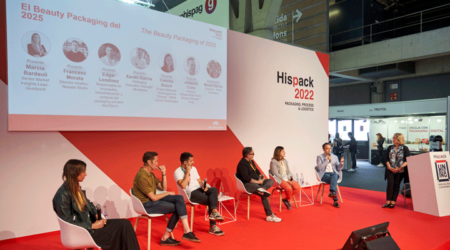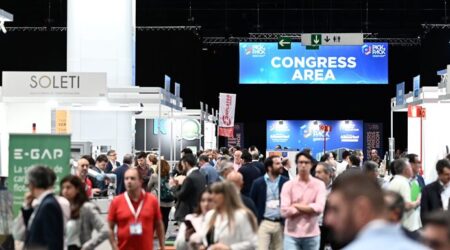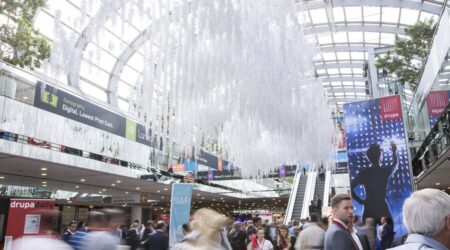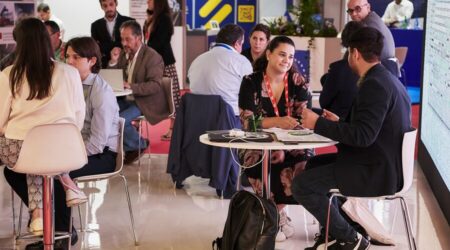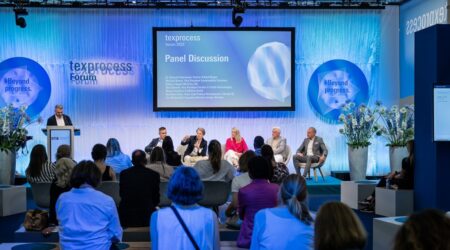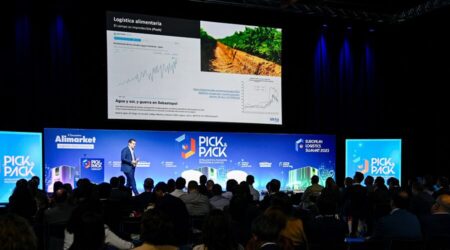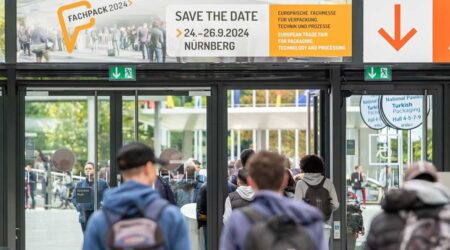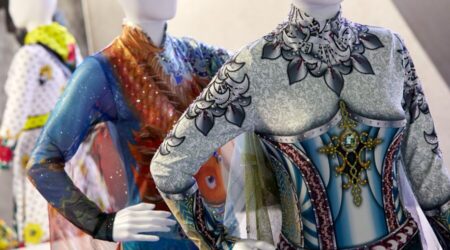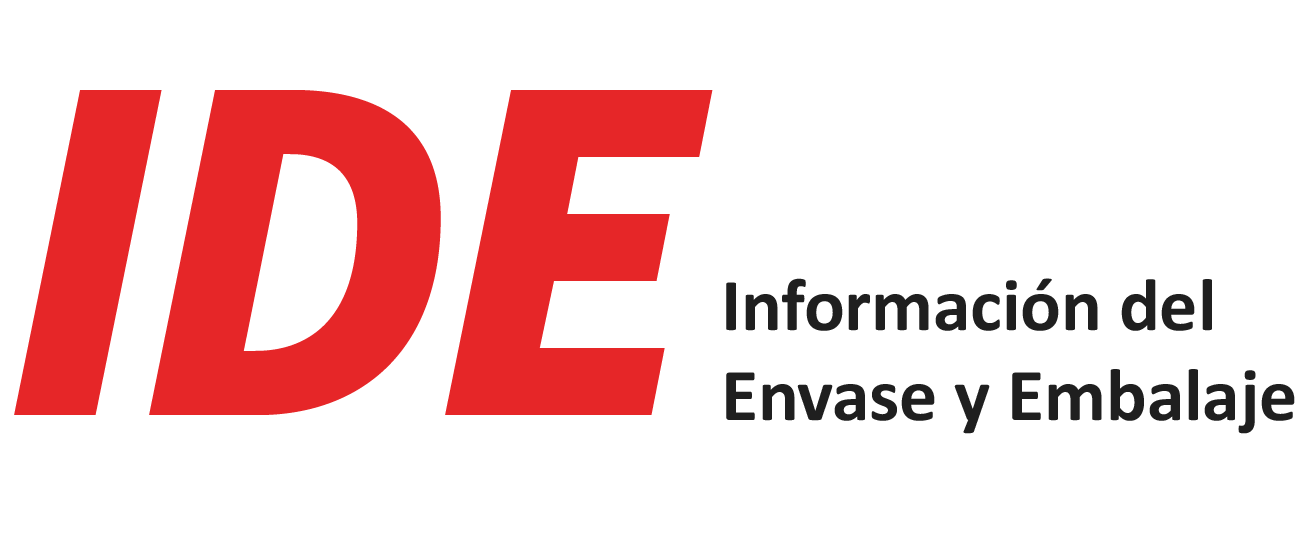Anuga FoodTec 2022: Sustainable Packaging
Indice
Packaging industry demonstrates the next steps towards sustainability
The current trend in the packaging industry is clearly visible at Anuga FoodTec 2022: Sustainable packaging. The food and beverage industry is relying more and more on regrowing raw materials, recyclable materials and is increasingly replacing the conventional packaging concepts with other more contemporary ones. At the international supplier fair for the food and beverage industry from 26 to 29 April 2022 in Cologne, the visitors will find out how the packaging manufacturers and packaging machine builders are achieving the shift towards more sustainability and which challenges have to be overcome in the process. This important and future-looking theme is also competently addressed in the event and congress programme.
With a view to the coming Anuga FoodTec, it is becoming clear that there is no universal solution for the reduction and recyclability of packaging materials. Nonetheless, wherever possible composite films or plastic trays are being replaced by mono films or cardboard. The packaging machine specialists at the Cologne fair grounds are taking the increased demands for sustainability very seriously and are reacting with modular machine concepts, which thanks to intelligent robotics and automation, can process both conventional as well as sustainable packaging.
Sören Storbeck, Global Product Account Manager Packaging at KHS in Dortmund knows how significant this flexibility is, especially for the secondary packaging section because: «One has observed on the market that alternative packaging to disposable plastic is establishing itself especially in the beer and fizzy refreshing beverages segments.» KHS offers the beverage industry the corresponding solution in the form of the Innopack Kisters CNP (Carton Nature Packer). The machine processes can attachments made of cardboard with a performance of up to 108,000 containers per hour. The alternative to plastic films or plastic rings offers different packing sizes for four, six or eight cans.
Flexible machines for future demands
Especially in the concept phase of a new packaging machine there is a lot of leeway for checking the sustainability of product packaging and developing the latter from the very start with good machinability in mind. At Gerhard Schubert GmbH in Crailsheim, Valentin Köhler is responsible for this task in the carton packing section. «The turnaround towards sustainable packaging solutions is in full progress,» the expert confirmed. At the moment, many manufacturers and brand-name companies are critically examining their existing packaging, considering where they can do without plastic and subsequently switching over to regrowing fibres for instance. Köhler considers the implementation of plastic still necessary to seal packaging so that a longer sell-by date can be guaranteed – for instance in the area of tubular bag packaging. Schubert demonstrates what is possible here today with the flowpacker. The flexible machine can sparingly process both conventional composite films using the cold and heat-sealing process as well as recyclable mono films and paper-based films.
One of the key challenges involved when switching over to sustainable materials is keeping the machine’s overall equipment effectiveness (OEE) at the same high level – because handling paper-based films is much more demanding than processing composite films. They tear and crease faster, are stiffer and need specially aligned forming shoulders to ensure a safe packaging process without interruptions. Furthermore, paper is abrasive, which means it grinds down mechanical parts of the machine over the course of time. That is why the format parts of the flowpacker are individually aligned to suit the packaging material using hardened and coated surfaces in order to attain an optimal result.
Bioactive coating extends durability
Up until now above all dry or already primary packed products were packed using paper-based films. Because the more complex and sensitive the food that has to be wrapped is, the more difficult it is to find an alternative for plastic packaging. A theme that is increasingly occupying applied research, as the joint project of the Fraunhofer Institute for Process Engineering and Packaging IVV and the Fraunhofer Institute for Interfacial Engineering and Biotechnology IGB, «BioActiveMaterials», demonstrates.
«On the one hand the proteins serve as an oxygen barrier layer and the waxes as a steam barrier, so fruit doesn’t dry out as quickly for example. On the other hand, the bio-based additive has an antioxidant and antimicrobial effect. Hence, meat and fish don’t go off as quickly. Overall, the durability is extended significantly,» explained Dr. Michaela Müller, Director of the field of innovation, Functional Surfaces and Materials, at the Fraunhofer IGB.
Here, the researchers also use paper as the basis for the production of functional packaging materials such as sealable sealed-rim pouches or wrapping paper. Using a standard process, the paper is covered with a coating, for which natural, food-safe proteins and waxes with bio-based additives are implemented. Thanks to the special formulation, the long-time stable coating serves several functions:»On the one hand the proteins serve as an oxygen barrier layer and the waxes as a steam barrier, so fruit doesn’t dry out as quickly for example. On the other hand, the bio-based additive has an antioxidant and antimicrobial effect. Hence, meat and fish don’t go off as quickly. Overall, the durability is extended significantly,» explained Dr. Michaela Müller, Director of the field of innovation, Functional Surfaces and Materials, at the Fraunhofer IGB. «After use, the packaging is disposed of in the wastepaper bin, the coating is biodegradable and doesn’t affect the recycling,» added Dr. Cornelia Stramm, Department Head at the Fraunhofer IVV. The packaging is also suitable for foodstuffs that have to be refrigerated, such as meat for instance. The protective function against oxygen remains intact here. It can even be used to pack frozen food.
Digitalisation meets circular economy
As promising as paper-based solutions may presently be: According to today’s state of technology, plastic is still indispensable as a material for vacuum or MAP packaging, especially in the meat and convenience food segment, as a means of packing products safely and hygienically. The industry is thus working flat out on the further development of concepts that contribute towards minimising the implementation of fossil raw materials for the production of films, trays and universal packaging. Matthias Lesch, Executive Director of Pöppelmann GmbH & Co. KG from Lohne, explains how this can become possible. «Our developments consistently follow the principle, ‘Reduce, Reuse, Recycle’. The buckets of the Reduce+ series that are made from polypropylene are an example of this. They not only convince in terms of their appearance and functionality, but also because they save a significant amount of material.» Thanks to an innovative lattice structure, between 15 and 40 percent less plastic is necessary for their production. Available with a cardboard lid made from regrowing raw materials, the Reduce+ bucket is ideal as a resource-saving packaging solution for tomatoes, berries or stone fruits. Lesch is convinced that a true circular economy is possible for plastics: «The numerous projects of our initiative ‘Pöppelmann blue’ prove this.» Together with further partners, this project is working on the development of completely recyclable pouch packaging that can be implemented as a raw material for the production of new pourers, caps and pouches after its initial usage – and in this way also ensure a closed material loop.
Plastic is still indispensable as a material for vacuum or MAP packaging, especially in the meat and convenience food segment, as a means of packing products safely and hygienically.
At the same time, effective recycling processes have to be ensured to promote the circular economy. «The exchange with partners from all industry sections involved is essential here,» stressed Stefan Scheibel. For the Vice President Corporate Training & Innovation Center of the Multivac Group, above all the digitalisation has «huge potential in bringing about high-quality recycling processes for sustainable packaging.» Precisely this is the aim of R-Cycle. The cross-industry standard is being developed through to market maturity by different technology providers and organisations across the value chain of plastic packaging, including also the Multivac Group. R-Cycle can record packaging properties such as plastic types, adhesives, printing inks and additives in a digital product pass during the manufacturing process already using an automated technique. Here, all relevant parameters are automated via an IoT gateway entered in the database, the packaging is clearly labelled and serialised with globally valid identification numbers. Calling up the recycling-relevant data enables the subsequent sort-pure separation and thus also reusability of the plastic for high-quality applications.
Event and congress programme:
The following events are planned on the theme Packaging (extract):
26.04.2022 10:00 – 11:30 a.m.
«Sustainable bottles and packaging for beverages» – hosted professional discussion Organiser: DLG
28.04.2022 1:40 – 3:10 p.m.
«Tailor-made food packaging: Are you already on board too?» – hosted professional discussion
Organiser: NVC Netherlands Packaging Centre, Gouda, the Netherlands
29.04.2022 10:00 – 11:30 a.m.
«Intelligent packaging – modern packaging «thinks» ahead» – hosted session
Organiser: DLG
(Event can also be called up digitally)


